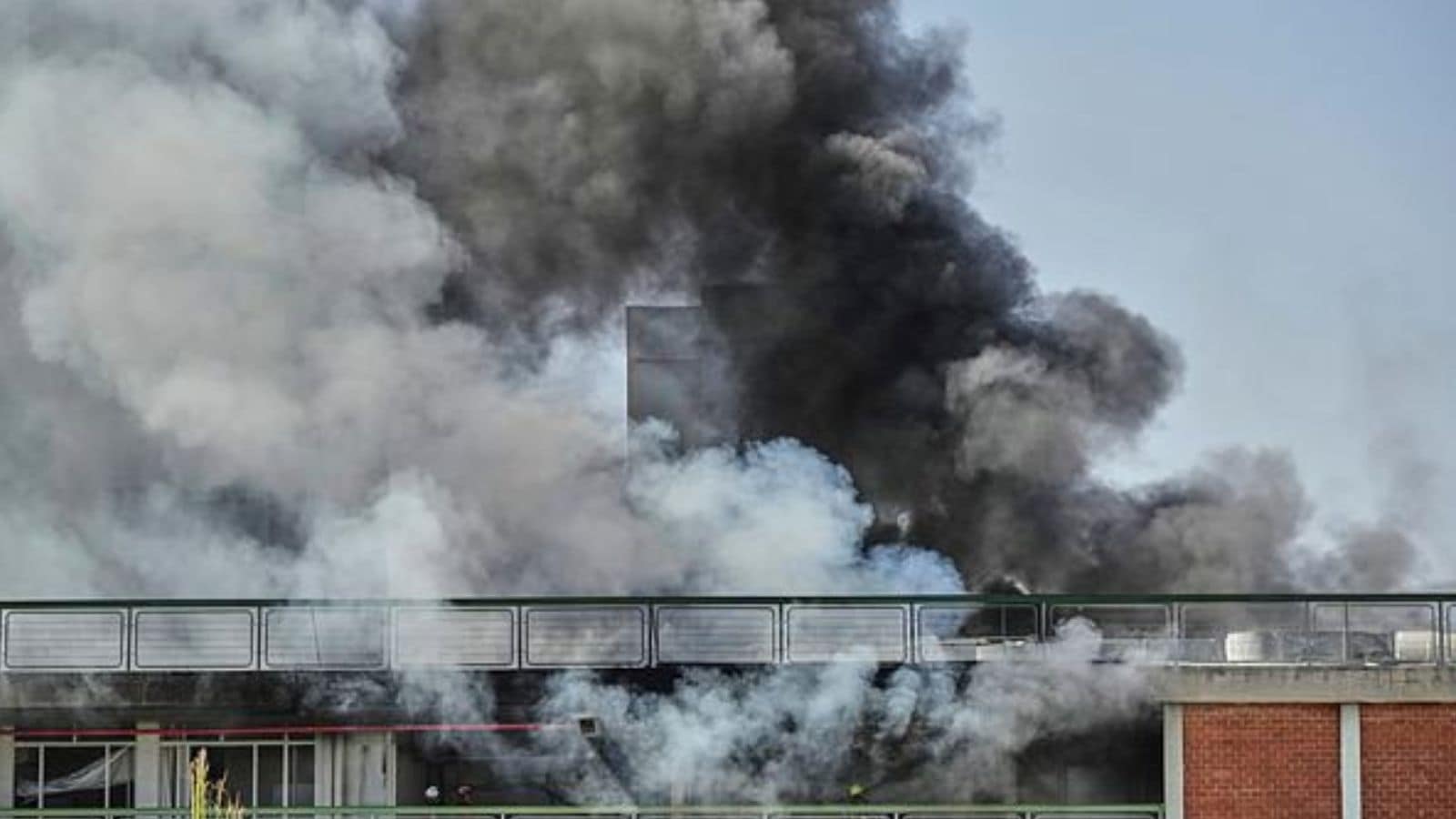Amid the escalating Israel-Iran conflict and the rise in crude oil prices, the rupee extended its decline for the third consecutive day, shedding another 26 paise against the US dollar to close at 86.73 levels, marking its lowest close in the last three months.
As the Middle East conflict is likely to worsen, the rupee is set to fall below the 87 level in the coming days unless the Reserve Bank of India intervenes in the market and prevents further decline, analysts said.
The decline was primarily driven by persistent geopolitical uncertainty and a hawkish stance from the US Federal Reserve, making the dollar more attractive.
Brent crude oil futures rose above $77 per barrel on Thursday, climbing to an over four-month high, driven by elevated geopolitical risks. Reports indicated that Israel attacked Iran’s Arak heavy water reactor early Thursday, following Israeli President Isaac Herzog’s statement about dismantling Iran’s nuclear program. The prevailing risk-averse market sentiment and dollar demand from importers, fuelled by ongoing geopolitical uncertainties, has pulled down the rupee value, analysts said.
Moreover, muted domestic equity markets and rising geopolitical tensions in the Middle East also pressurised the rupee, they added.
Jateen Trivedi, research analyst, LKP Securities, said the rupee traded weak as rising crude oil prices and escalating Middle East tensions, including renewed US pressure on Iran’s nuclear programme, weighed on sentiment. “Additionally, the US Fed’s indication that rate cuts may be delayed by around six months supported the dollar, adding pressure on the rupee. The expected trading range for the rupee is seen between 86.25 and 87.25,” he said.
Rating agency ICRA said any escalation in the conflict in the area could significantly impact global supplies and prices. An increase in crude oil and gas prices will be positive for the profitability of upstream companies even as marketing margins of downstream players are adversely impacted. “Iran’s crude oil production is around 3.3 mbd, of which it exports 1.8-2.0 mbd. While Iranian oil and gas facilities have reportedly been attacked, the extent of damage is not clear. However, any disruption of Iranian production and supplies or a wider regional conflict impacting other large producers in the region could push energy prices higher,” it said.
Story continues below this ad
Crude oil imports from Iraq, Saudi Arabia, Kuwait and the UAE that pass through the Strait of Hormuz (SoH) account for 45-50 per cent of total crude imports by India. About 60 per cent of the natural gas imports by India pass through SoH. At these elevated crude oil prices, while the profitability of upstream players will remain healthy and their capex plans will remain intact, the marketing margins of downstream players will be impacted along with the expansion of LPG under-recoveries, ICRA said.

